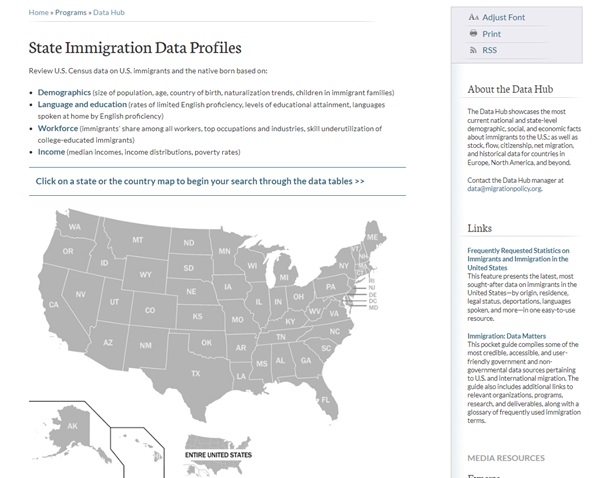- In collaboration with other researchers, researchers at the National Institutes of Health discovered an entirely new ways RAS genes, which are “the second most frequently mutated genes in cancer”, drive cancer growth. The knowledge of RAS genes’ role in cancer was well established, but discovering how RAS genes trigger a chain “of events involving the transport of specific proteins in the nucleus” is an entirely new turn. The discovery can pave the way for new drug combinations to treat RAS-promoted cancers more effectively. The study was published in Nature Cancer.
- Researchers from Washington University in St. Louis (WashU) conducted the phase I clinical trial of an investigational vaccine for the prevention of triple-negative breast cancer recurrence. This small clinical trial of a new type of vaccine, known as a neoantigen DNA vaccine, demonstrated promising, better-than-expected, results for patients with this aggressive, hard-to-treat, type of breast cancer. The study was published in Genome Medicine.
- Another research that has implications for triple-negative breast cancer, among other cancer types, is conducted at Johns Hopkins University. This research is related to cancer cells that, after leaving the hypoxic (i.e., lacking oxygen) environment deep in the tumor, enter the bloodstream and spread. Scientists have identified 16 genes that breast cancer cells use to survive in the bloodstream. Each of these genes can become a therapeutic target to stop cancer recurrence, one of which has already been in clinical trials. The research was reported on in Nature Communications.
- Researchers from Northwestern University have found an unexpected connection between COVID-19 infection and cancer regression. They discovered that the RNA from the SARS-CoV-2 virus that causes COVID-19 triggers the development of a unique type of immunity that can fight cancer. The discovery may lay a foundation for novel cancer treatments. The study was published in The Journal of Clinical Investigation.
- Researchers from MD Anderson found significant survival benefits in patients who quit smoking after cancer diagnosis. “The best outcomes were observed in patients who started tobacco treatment within six months of a cancer diagnosis and were abstinent from smoking three months later.” The study was published in JAMA Oncology.
Interactive Tools for Exploring Language Use
As per the U.S. Census (see: What Languages Do We Speak in the United States?):
“The number of people in the United States who spoke a language other than English at home nearly tripled from 23.1 million (about 1 in 10) in 1980 to 67.8 million (almost 1 in 5) in 2019, according to a recent U.S. Census Bureau report.”
Thanks to some interactive tools developed using data from the U.S. Census Bureau’s American Community Survey, it has never been easier to explore what languages are being spoken in different geographic areas of the United States. Below are some examples of some user-friendly, freely available tools that you may wish to check out.
Among the various data profiles, tables and maps, tools and visualization options, is the interactive People That Speak English Less Than “Very Well” in the United States Interactive Map that can be queried using state and county information.
This data is available because the U.S. Census asks “about whether a person speaks a language other than English at home, what language he/she speaks, and how well he/she speaks English to create statistics about language and the ability to speak English”.
For example, searching for New York and Nassau County shows where in that area people with Limited English Proficiency (LEP) may live:

2. Languages Spoken by People who have Limited English Ability
(Web Map by Urban Observatory by Esri)
This is another tool that “shows the predominant language(s) spoken by people who have limited English speaking ability” using ArcGIS to again visualize the “American Community Survey data from the US Census Bureau by state, county, and tract”. This map allows you to visualize the data about what languages are being spoken by LEP individuals living around a particular street address or place.
For example, searching for “1101 Hempstead Tpke, Uniondale, NY, 11553, USA” returns:

3. State Immigration Data Profiles
To get a better understanding of where foreign-born individuals are migrating from, their English proficiency and language spoken at home, the Migration Policy Institute also used U.S. Census data to create an interactive migration data hub tool that allows users to explore state immigration data profiles. You can click on the state of interest to view state-level “facts about immigrants to the U.S.”
Questions? Ask Us at the MSK Library!
Visualdx & UpToDate Integration

When you search UpToDate, you’ll now have access to VisualDx’s extensive image library, which includes thousands of images depicting diseases across various skin types and tones, covering a wide range of diagnoses and findings. For dermatologic conditions, where visual indicators are essential for accurate diagnosis, this integration is designed to improve diagnostic precision and streamline clinical decision-making.